Things to remember
1) If you lead an Ace to partner’s suit and you want to continue this suit: in case you have a REMAINING doubleton – Play high (high – low) on your next trick. That will help partner count the suit. If you play a low card – It means it is either your last card, or that you have at least 2 more cards above that.
2) When you let partner ruff, you can signal a suit preference: A low card would ask him to play back the lower suit after he ruffs. A high card would ask for the higher suit.
There are only 2 suits possible – The one that partner doesn’t have (because he just ruffed it), and the trumps. So here, Partner didn’t have anymore Spades, and Heart is the trump. This means a low Spade asks for Club, and a High Spade signals Diamond.
3) A promotion is a technique for the defense to develop a trick in the trump suit, even when it may seem, at first, that there is no trick available.
Example:
Heart is trump and it seems declarer has no losers in Heart. West, who overcalled with 2♣ leads the ♣K to East’s ♣A and gets a Club return to his ♣J.
He plays a low Club next and East ruffs with the ♥J, forcing declarer to overruff with the ♥Q. This promotes West’s ♥10.
Another example:
Heart is trump and it seems declarer has no losers in Heart. East overcalled 2♣. West leads the ♣A and continues with a 2nd Club to East’s ♣J.
A 3rd Club from East forces declarer to ruff with the ♥Q (else West ruffs low), and by that promotes West’s ♥10.
4) When defense is trying to promote a trump trick, it is VERY IMPORTANT for them to cash ALL side tricks first, before playing the side suit which helps the promotion.
If they don’t do so – declarer could chose to discard a loser instead of ruffing. He will get ruffed now, but he will not lose a trick, he will just give a trick he was going to lose anyway.
In the example above it was important for you to cash the ♣A too, before playing the 4th Spade. If you don’t do so – Declarer can discard his ♣J from hand (on your 4th Spade), and ruff West’s ♥J with dummy’s ♥K.
Your ♥Q is promoted now, but your ♣A will no longer take a trick.
Declarer can continue with ♥A and another Heart, and you are endplayed: If you play a Diamond, you let declarer score his ♦J. If you play the ♣A, declarer can ruff and discard a Diamond loser on the ♣Q. If you play another Spade, you’re letting declarer ruff and discard his diamond loser.
5) At any other Vulnerability, West could consider bidding 1NT with his 5 points and this hand with good spot cards (not mandatory though – it’s a matter of style).
